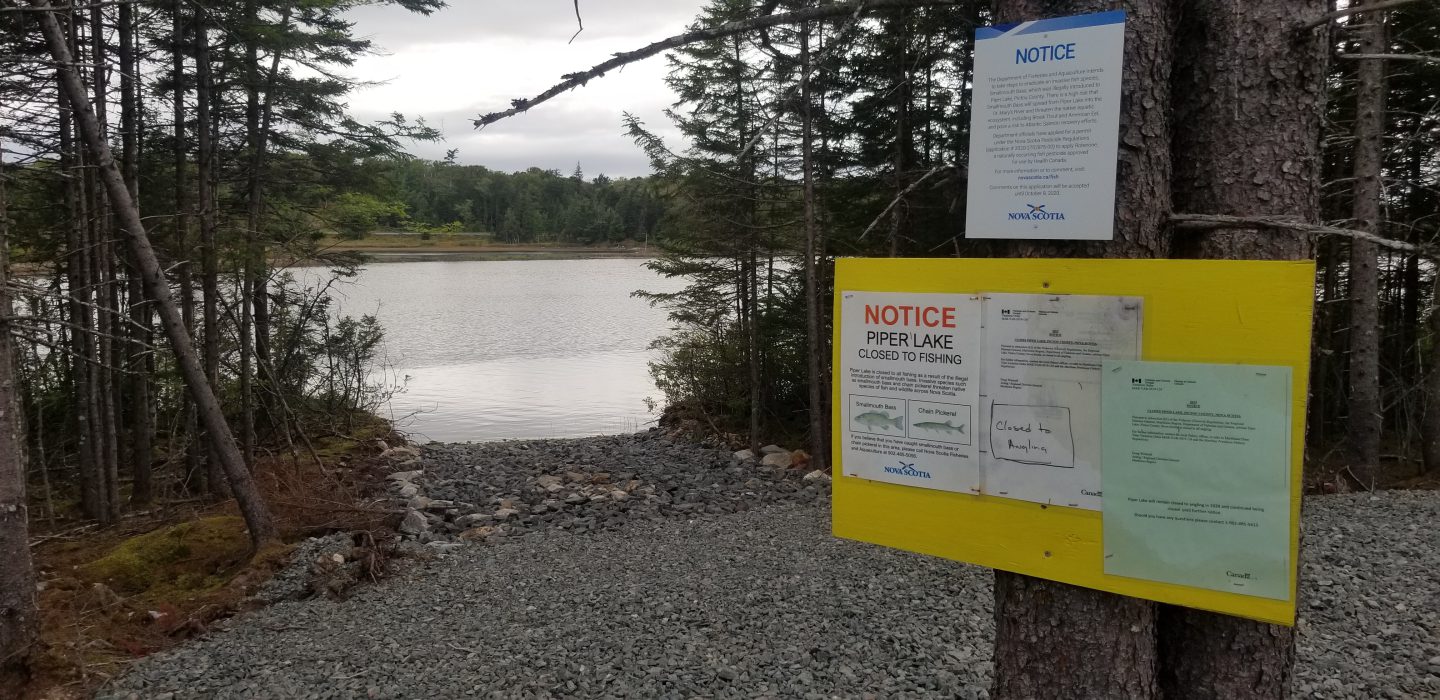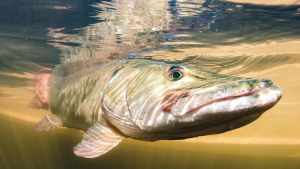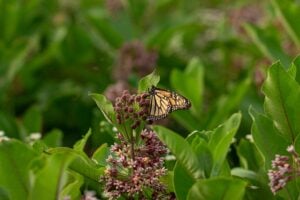After countless smallmouth bass invaded Piper Lake, part of the St. Mary’s River in Nova Scotia, the province applied a pesticide that targets fish, monitored the results and controlled the flow of the lake with “stop logs” that prevented the pesticide from getting into the river. The pesticide, known as rotenone, killed a total of 170 bass (not counting those that were captured either by angling or stunning the fish using an electric current).
The decision caused a divide amongst environmentalists and the province. But Steve Cooke, a professor of fish ecology at the Carleton University, says that it’s about context — taking a closer look at not only the process but the bass themselves.
“Bass are good predators. If you put them into a system where there are small salmonids, like trout, or say, juvenile Atlantic salmon, they’re pretty darn good at feasting on them, and oftentimes will outcompete them,” Cooke says. “They eat other fish, they eat other prey and they compete for resources.”
The St. Mary’s River is an important river for these “salmonids,” specifically trout and Atlantic salmon, and Piper Lake is an important appendage for the system. When a bass enters the mainstream, they find the specific habitat they need to build a nest and lay up to 5,000 eggs. Their invasiveness can pose a bigger threat to the salmonid population and upset the ecosystem.
Kenny Silver, the vice president of the St. Mary’s River Association, says the river has been stressed by acid rain and other issues, so the bass was another factor harming the other native species.
“Atlantic salmon and American eels are threatened in the watershed and any invasive threat like bass would further challenge their survival,” Silver says.





